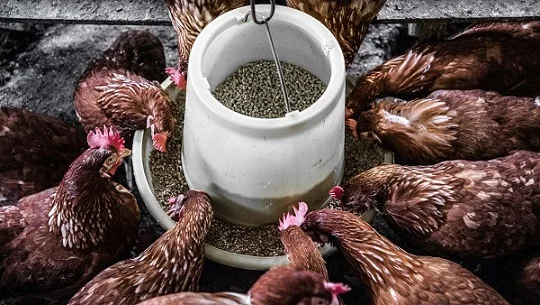The Evolution of Potato Chip Manufacturing
For decades, potato chips have been a beloved snack for people around the world. These crispy, salty treats have become a staple in households and a must-have at parties. But have you ever wondered how potato chips are made on a large scale? In this blog post, we will explore the process of automating potato chip manufacturing in a factory for mass production.
The Traditional Process
In the early days of potato chip manufacturing, the process was labor-intensive and time-consuming. Potatoes were peeled, sliced, and fried by hand, requiring a significant amount of manpower. This manual process limited the production capacity and made it difficult to meet the growing demand for potato chips.
Automation to the Rescue
With advancements in technology, the potato chip manufacturing industry has embraced automation to streamline the production process. Automated machinery has revolutionized the way potato chips are made, allowing for faster production, consistent quality, and increased efficiency.
The Automated Potato Chip Manufacturing Process
1. Washing and Peeling: The first step in the automated process is washing and peeling the potatoes. Specialized machinery is used to remove dirt and peel the potatoes, ensuring a clean and uniform product.
2. Slicing: Once the potatoes are washed and peeled, they are sliced into thin, even slices. Automated slicers can process a large quantity of potatoes in a short amount of time, ensuring consistent thickness and shape.
3. Frying: After slicing, the potato slices are fried in hot oil until they turn golden brown and crispy. Automated fryers maintain a precise temperature and cooking time, resulting in perfectly cooked chips every time.
4. Seasoning: Once the chips are fried, they are transferred to a seasoning drum where they are coated with various flavors. The seasoning process can be customized to create different flavors, from classic salted chips to more adventurous options like barbecue or sour cream and onion.
5. Packaging: After seasoning, the chips are ready for packaging. Automated packaging machines weigh and fill the chips into bags or containers, ensuring accurate portion sizes and airtight sealing for freshness. The bags are then labeled and prepared for distribution.
The Benefits of Automation
Automating the potato chip manufacturing process offers several advantages:
1. Increased Production Capacity: Automation allows for faster production, enabling manufacturers to meet the high demand for potato chips. This means more chips on the shelves and happier snackers.
2. Consistent Quality: Automated machinery ensures that each batch of potato chips is made with the same precision and attention to detail. This consistency in quality helps build customer trust and loyalty.
3. Improved Efficiency: By reducing the need for manual labor, automation improves overall efficiency in the manufacturing process. This not only saves time but also reduces the risk of human error.
4. Cost Savings: While the initial investment in automated machinery may be significant, the long-term cost savings are substantial. Automated systems require less manpower, lower maintenance costs, and minimize product waste.
Conclusion
Automation has revolutionized the potato chip manufacturing industry, allowing for mass production with consistent quality and efficiency. By embracing automated machinery, manufacturers can meet the growing demand for potato chips while delivering a delicious snack that satisfies taste buds around the world.



